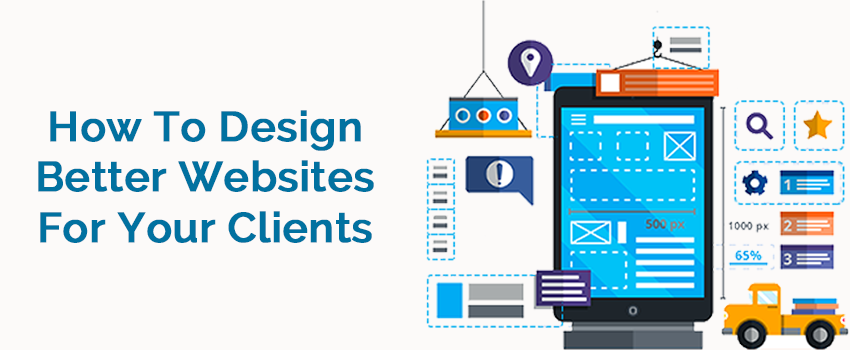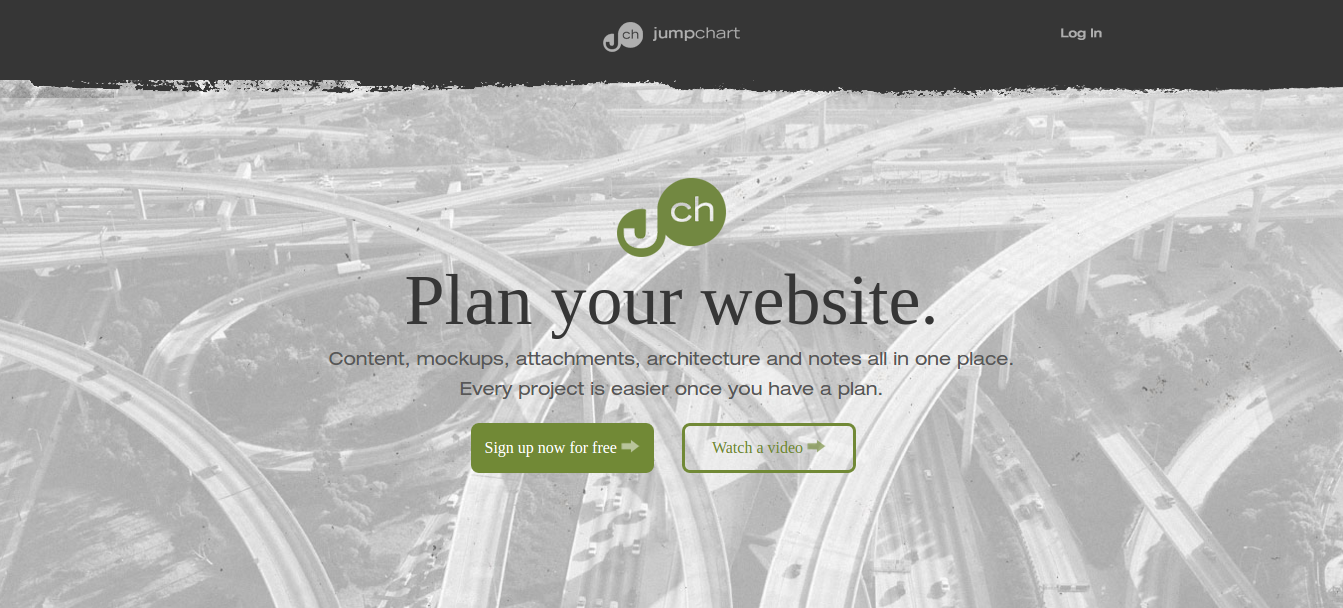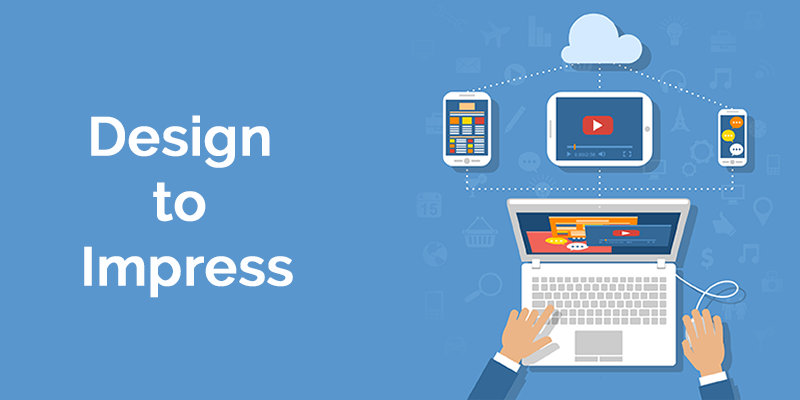Designers, How do you deliver an ‘Amazing Website’?

Website designing agencies hear a dialogue all the time: “We need a good website, can you make it for us?” and a question always strikes them: “How to design a Website that meets client requirements?”
Most of their customers are anxious about marketing and web design related stuff. Wondering why? – They are not marketers like you and me!
Once you are hired, if you are as talented as you claim to be, you will welcome this opportunity to take the client through the process of creating a great website. You will make the client feel welcomed, invested and assured that their decision of choosing you is the best they could ever make. But, please make sure you are on the same page regarding the time frames and involved costs.
One of the primary questions that you need to ask your client is: Do you have a website already? What DON’T you like about it? What would you like to see carry over to the new site?
Digging deeper into what the client asks for, is a must. If the client asks for a shiny website and you don’t ask him why? The site actually might do no good to the client. Shiny, fancy is good, but it all depends on various aspects like their target audience, what are the expected results of the website? Without a deeper knowledge of the client’s expectations, it is highly probable that all your work will go in vain.
In this blog we will be discussing how to design a website and the steps to take care of to deliver amazing results to the Client.
How to Design a Website
First Step : PREPARATION
Push Yourself
All the leading web designers tend to make sure they push themselves more and more with every new project. This is with the motive to create positive web experiences that make the visitors want to interact.
Preparing for the Meeting
So, your meeting has been scheduled. You need to be a good student again, I know you wouldn’t like doing that anymore. But it isn’t the difficult! The ideal way to prepare for this meeting is to have a look at the current website pages and content, reviews the analytics to get a better grasp on what is working and what is not.
It’s highly advisable to also prepare these additional things for the meeting:
Homework – Know all about the company’s existing website. Review it inside out; from the branding elements to the color schemes, get a feel for their voice and culture of the company and every minute detail regarding the company.
Customer’s likes and dislikes – A very important thing to do before you even ask yourself: How to design a Website is, asking the clients their preferences. Ask them what design elements do they prefer will be of no good because you know your job better. What you can do is ask them which websites attract and repel them. That will be an effective way to know their choices.
Website checklist – This list needs to be sent to the client prior to the start of web design. This is for them to know what are the inputs required from their end and by when.
Learn about the Client’s Competitors– Google search your client’s keywords and see where do they show up.. On the first page? Also note where do they appear in comparison to their competitors?
Detailing of every aspect will play a pivotal role, decide the aspects which are important and to be included in the project’s scope of work and also assign roles and responsibilities to everyone involved.
Another very crucial detail which needs to be taken care of; the clients usually send you photos, videos and written content. Make sure you provide content parallel to your design. If not communicated in advance, it can turn into a management nightmare. In addition to all this, don’t forget to trust yourselves and set firm deadlines and boundaries for the client, which means say NO whenever needed.
Second Step : COMMUNICATION
Rock solid communication is the foundation for creating a mind blowing website. It doesn’t matter whether it’s in person or over the phone, but it’s highly recommended as you can know your client and their business better, you can differentiate them from their competitors and learn what exactly is their right target audience.
It’s up to your website designing agency to build a site and optimize it with marketing automation and to nurture leads for conversion, make customer retention easier for your clients.
Be empathetic
You know all about web designing, not your clients. They can’t visualize what you are talking about until they actually see it, which is why it is highly recommended to ask them to show site they like; you’ll get clues to what they respond to. You may meet many client for whom designing and marketing can be way too overwhelming. You need to make sure that you ease their discomfort and channelize the entire website design process involving them. Communicate the entire procedure you are following to make changes in their website which can boost their business.
Lend an Ear to Your Clients
A promising web design project is successful when both the parties understand each other and make sure that there are no glitches in the process. As a web designing firm, you need to make sure that apart from talking about basics like their target audience, color scheme requirement, competition, you also talk about the mood they would prefer, what are their likes and dislikes.
It is highly recommended that you send a questionnaire to all your prospects. This questionnaire should include questions like : “When people see your website for the first time, what do you want them to think of your website? Please list 3 or more adjectives.” You can use this information to search the internet in the pilot stage of the design. You can use these adjectives to search in Google images and see what have the other brands chosen to display their personalities.
Work in Sync with Your Clients
There are some web designers who believe that not including the clients in the design process works best for them. This may be true but not effective. It is always suggested that you spare some time for your clients to share their expectations, get projects done on time and within the pre-decided budget. Give them a sense of ownership in the entire web designing process.
Communicating using Email works for smaller projects, but for bigger ones I can suggest you to use project management tools such as Basecamp or JumpChart or GatherContent. For smooth communication, create communication templates and guidelines for the multiple phases of the project (design, review, launch, and so forth).
Make it a point to avoid the time when you unveil your creative results and the client looks shocked (Quite literally!)
Third Step : DESIGN TO BOOST THE CLIENT EXPERIENCE
Do you remember the time when all the websites used to be bragging about themselves???
That’s an unacceptable way for today’s technically aware, very well-read buyers who don’t come looking for static, ego-centric websites. They need the actual interactive user experience.
If you have a plain and dissociated website, most people will simply click the “X” symbol on their browser. The users these days are just not willing to bear the “me, me, me” saga.
Its to be conveyed to your clients that it’s not all about the, it’s about nurturing the visitor experience and providing a mutually constructive experience.
Customer life cycle marketing covers all the bases
It’s stated that an ideal website is a perfect listening salesperson, the one which watches customer behavior, understands what exactly does the customer look for and pays close attention to what information are they digging into.
It’s a designer’s job to provide the site with multiple means to interact with the users – links, buttons, landing pages, forms and calls to action – as they tend to express how much they enjoyed your website by inviting people, they’ll tell you what they want and segment themselves into different funnels. This allows the web designers to send relevant content and improve each visitor’s experience on individual basis.
Here is the list of ways to invite prospects to interact through a client’s website in each stage of the buyer’s lifecycle.
- Forms: Let all the random visitors sign in to receive resources = Gather visitor contact information.
- Links: Redirect visitors to the page with content = Engage all the unknown visitors.
- Request Demo/Trial: Offer the prospects to suggest when they’re ready to invest time = Instill trust and convert.
- Live chat/phone call: This is most integral step for conversion = Using the sales team, convert hot prospects into loyal customers.
- Dynamic segmentation: As and when the potential customers interact with the site, their likes and choices are noticed and thereafter segregated so that they can be dedicatedly nurtured.
- Keep sending the prospects content as per their interest levels = Nurture prospects to get them ready to buy.
- Customer newsletter: Stay in constant touch with all the users by sending them exclusive content and product training updates = Expand customer retention and loyalty.
Fourth Step : WEBSITE DESIGN
What should you prefer: Original Design vs Template
It is safe to say that the days of the cookie-cutter, pre-fabricated designs are over. Frankly, multiple people can set up a basic website. It’s a smart marketers game to create sites that are engaging and that strengthen integrity, communicate specific messages to specific visitors, and encourage visitors to become customers and advocates.
Irrespective of what you select, just make sure that you use responsive website design and should target mobile users specifically. Take care about the fact the you skip Flash altogether because it’s neither mobile-friendly nor SEO-friendly. You should always test this across multiple platforms (mobile, PC, tablet) and browsers (Chrome, Firefox, Bing, etc.). The client should be immediately impressed with your work.. Avoid Rework!
Should you bother about SEO?
All the sites we build allow companies to build a base while managing to be SEO-friendly. But don’t emphasize of being SEO friendly so much so that the friendliness of the site is lost. You need to keep in mind that you are developing the website for the viewers primarily and not the search engine. With evolving times of the search engine and improvement in semantic search and relevance, this human-focused advancement will appeal even more to them.
Good web design includes being an expert on the technical SEO of the site and you should consider whether you’ve written the content keeping the client’s targeted keywords.You might need other SEO experts or external writers on this project.
Average to Great SEO will bring an improvement in the site visitors. But all you need to be concerned about is whether they are converting once they are on the website, are the utilizing any of your resources, do they request for a demo? The most integral part is whether and how a page converts and this should be kept in mind all throughout the designing process.
I’m sure you’ll keep all these details in mind to design better. Comment if you feel there can be some additions to these mentioned points.
Also Read about : 15 Examples of Parallax Scrolling Done Right








Some really nice and useful info on this website, as welll
I believe the pattern has great features.
Thank you Lien!